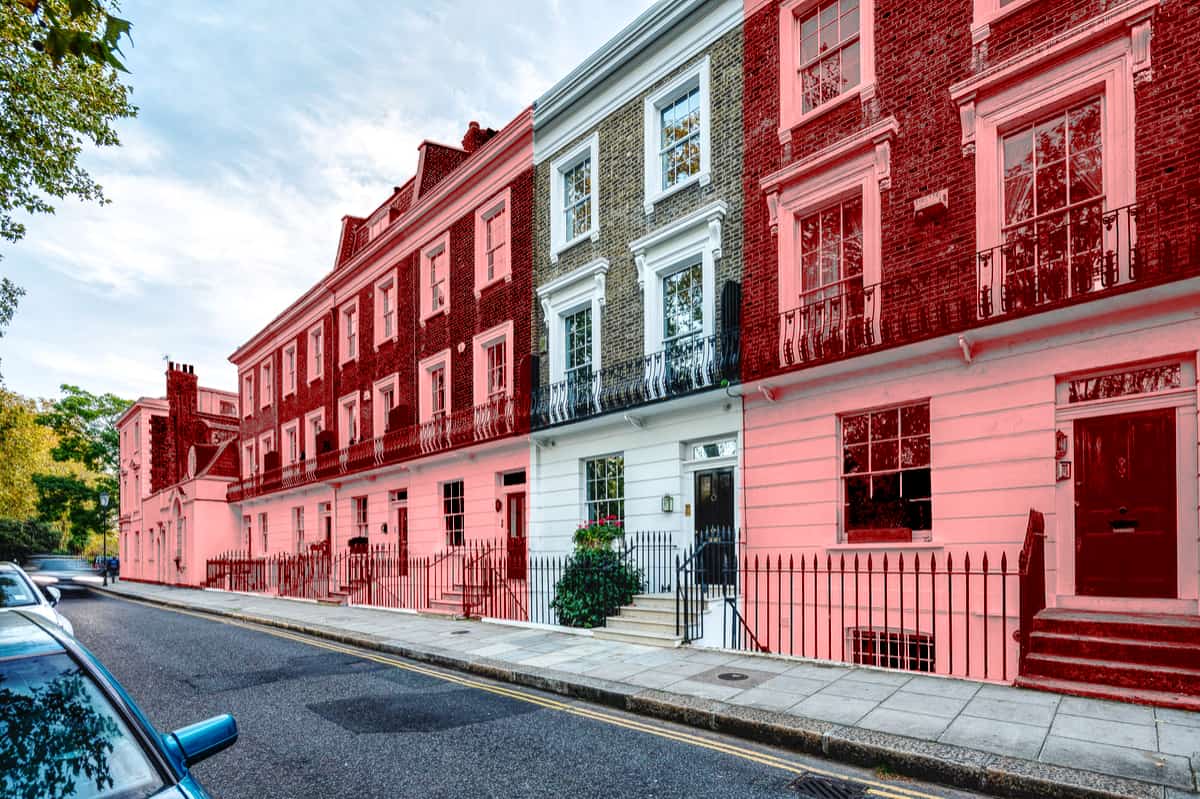BLOG
INTERESTING STUFF
THAT CAUGHT OUR EYE
How Do I Handle Neighbours During the Planning Process?

It’s almost impossible to build so far from anyone else that you won’t have to think about the impact your development will have on others. Informing and involving neighbours is essential to a successful application and, just as importantly, it’s common courtesy.
Neighbours are so integral to planning applications, I’ve dedicated this article to them.
Unhappy neighbours can trigger a Planning Committee
A certain amount of neighbour objections (the exact number depends on the area) will automatically require a Planning Committee to look over the proposed project. Neighbours will be able to present their case against their build, while your architect argues for its approval.
But in the vast majority of cases, the unwanted extra time and costs of a Planning Committee are avoidable. Neighbour objections should never come as a surprise; you should already be well aware of the surrounding opinion of your plans before even submitting an application.
For modest developments – and if you get along with your neighbours – going door to door and letting people know what you want to build and when may be enough. For anything else, you should ask your architect to brief your neighbours (assuming they’re experienced in doing so).
The fact is, no one wants to live next to a building site. Combine this with people’s natural disinclination towards change – especially in conservation areas – and worried neighbours become an inevitability.
Negative opinion is likely to spread if it goes unchecked. Before you know it, residents who would barely be affected are joining concern groups and resistance towards your build entrenches.
It takes a patient, sympathetic and experienced architect to stop neighbours from assuming the worst. Most people can’t read architectural drawings, don’t understand the care that goes into a development and would simply rather not be disturbed.
How to reduce the chances of neighbour objections to your developments
1: Involve your neighbours early
Once your planning application is submitted it will be publicly visible on your local council’s website. This is the last way you want your neighbours to discover your plans, and the most likely cause for a knee jerk objection.
The earlier neighbours are consulted, the better. Show that they’re involved, that they’re part of the process and their feedback is important. Some amount of investment on their part will make them far happier, even helpful, with your development.
2: Arrange a meeting with neighbours
It’s often easier to change the opinion of a group than an individual. If your architect presents the plans person to person in isolation, some may be swayed while others remain resistant. But if all neighbours are in one place, everyone’s concerns can be addressed at once and the likelihood of outlier opinion is reduced.
Simply put, minority resistance is less likely to manifest into action if they see the majority is happy. As long as the trend of opinion is positive, you’re unlikely to meet objections when you submit your plans.
3: Explain your plans clearly
It’s hard to convince someone using materials they don’t understand. Technical drawings and spreadsheets aren’t going to win hearts and minds.
Luckily, 3D modelling and image manipulation programs make it easy to give a clear idea of what a finished development will look like. We can then explain the measures we’ve taken to minimise impact and remove the image in their minds of a monstrous eyesore ruining their street or garden.
4: Present the benefits of your project
You’ll have a tough time swaying opinion if you only talk about how your project benefits you. No matter how much it may improve your quality of life, neighbours are going to care far more about how it impacts them.
It’s important to emphasise the knock on effect of a successful planning application. While some may want to keep their area entirely untouched, most people want to be able to improve their property one day, whether for practical reasons or to increase value. This is far easier if there is a precedent for successful planning applications in the area.
Increasing the value of one property also increases the value of those surrounding it. Potential buyers are enticed by areas that show active development, and with London’s limited housing stock, expansion is essential.
We have a proven track record of successful negotiations with difficult neighbours
Many of our projects take place in areas where neighbours are heavily invested and attached to their local area, such as Richmond, Kensington and Chelsea. Neighbours in such areas are highly educated, aware of legislation and ready to take legal action if they’re unhappy.
There’s no need to end up in a war with your neighbours over your building project, ask for our help by calling 020 3797 2019 or emailing [email protected]
